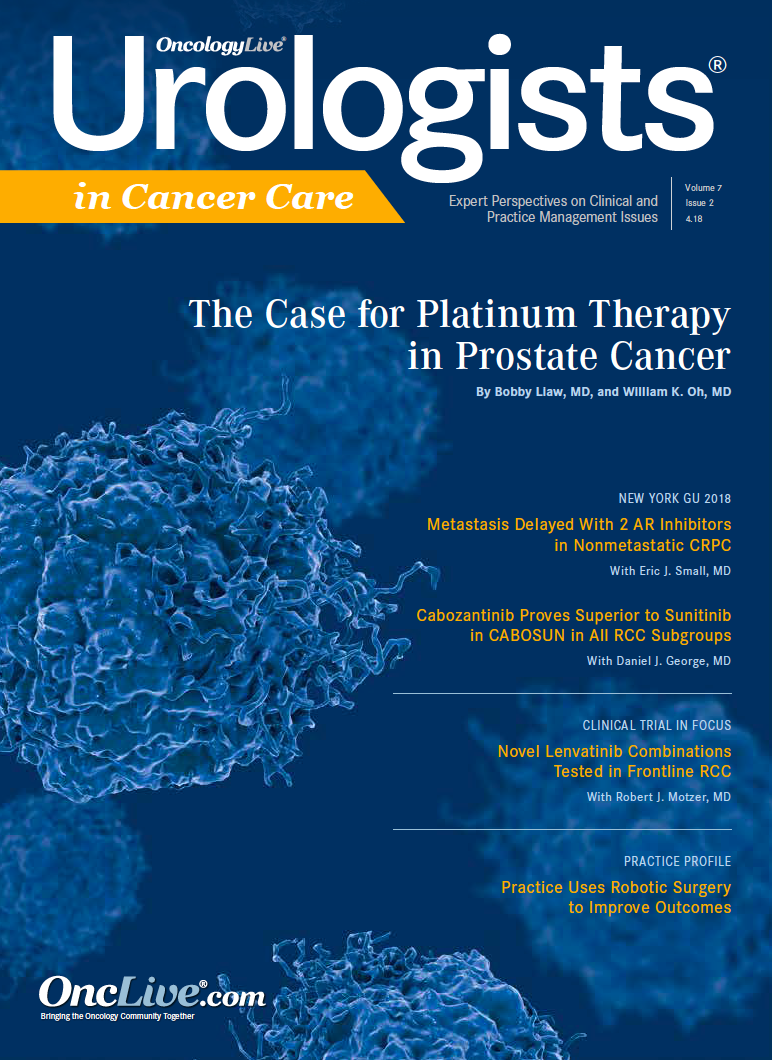Where Are the Physicians?
Raoul S. Concepcion, MD, FACS, discusses the current state of physicians the urology practice.
Raoul S. Concepcion, MD, FACS
Aa a specialty, urology has always been at the forefront of technology and innovation, improving outcomes and enhancing patient care. In the late 1980s and early 1990s, we were quick to operationalize and employ lithotripsy, which provided noninvasive treatment for our patients with stone disease and reduced the need for open surgery, long hospital stays, and weeks of recovery. Despite this, I do not believe that extracorporeal shock wave lithotripsy has received enough recognition as a significant medical breakthrough, especially considering how stone disease was managed prior to its introduction. During that period, we did not shun innovation, and neither do we now. We have led the charge for minimally invasive and medical therapy for benign prostatic hyperplasia (BPH).
The 21st century has brought us together in an era of vertical integration to deliver more efficient and less costly care for our patients. The ability to offer integrated services under the urology umbrella has led to new opportunities. A prime example is the development in many large groups across the United States of advanced prostate/therapeutic centers (and other centers of excellence) that allow us to provide a continuum of care for these challenging patients, who, for the most part, can now be appropriately and adequately treated within the practice where they started their journey years prior. By encouraging this type of subspecialization, those select providers—champions, if you will— gain a much better understanding of the disease state and can stay on top of the rapid developments and approvals that seem to arrive on a weekly basis. Again, the hope is better delivery and coordination of care in the quest for optimizing patient outcomes.
Calling Nashville, Tennessee, my home for the past 35 years, I am quite used to the mergers and consolidations that have dominated the hospital management services industry and the number of affiliated companies that support that market. Over the past 12 months, however, we have seen seismic horizontal mergers within the national healthcare industry. We now have a major retail pharmacy company merging with a payer (CVS Health with Aetna). Nonprofit hospital systems are collaborating with the government in the quest to distribute or manufacture generic drugs (Ascension, Intermountain Healthcare, SSM Health, Trinity Health, and the Department of Veterans Affairs). In December, a payer announced plans to buy one of the largest dialysis providers in the world (Optum, a subsidiary of UnitedHealth Group, will close the deal to buy DaVita Medical Group sometime in 2018). And over the past couple of months came the announcement that Amazon, Berkshire Hathaway, and JPMorgan Chase are partnering to form an independent healthcare company for their employees. Apple is expanding its offerings by purchasing start-ups to provide its customers with wearable/portable technology to monitor their health and potentially connect with healthcare systems. Lastly, in February, Roche Pharma, which had already purchased Genentech and invested heavily in consumer genetics testing company 23andMe, announced it would be buying Flatiron, clearly one of the leaders in data analytics for cancer care management.
Here is my burning question: Where are the physicians in all of this? In 2016, healthcare expenditure in the United States was $3.3 trillion—17.9% of the gross domestic product.1 Of that gargantuan number, which represents one-sixth of our total economy, only 20% is paid directly to providers.2 However, the decisions that we make regarding care management—what prescriptions are written, whether and when to operate, where to admit, etc— have been estimated to be up to 90% of the healthcare dollar!3
When one looks at the common denominator in the aforementioned mergers, all of these companies ingest and accumulate large tranches of data that they can then leverage. This data pool is the engine behind the predictive analytics and artificial intelligence that everyone is trying to develop. In all industries, collaboration and consolidation are inevitable. Outside the healthcare world, performance and outcomes are the norm, not the exception. As I see it, the opportunity that presents itself to us as urologists, especially in this new environment of value-based care, is that we are a small percentage of the dollar spent, but we are one of the most highly networked. The disease states that we manage, specifically prostate and bladder cancers, BPH, and overactive bladder, are associated with a significant annual cost in the United States. Standardization of care, tracking compliance, and outcome development are opportunities for us, like these major corporations, to aggregate our unique patient data—given our control of the healthcare dollar—and then leverage to our partners in industry, who desperately want this real-world data.
References
- NHE fact sheet. Centers for Medicare & Medicaid Services website. cms.gov/research-statistics-data-and-systems/statistics-trends-and-reports/nationalhealthexpenddata/nhe-fact-sheet.html. Updated February 14, 2018. Accessed February 19, 2018.
- Health expenditures. Centers for Disease Control and Prevention website. cdc.gov/nchs/fastats/health-expenditures.htm. Updated May 3, 2017. Accessed February 19, 2018.
- Bloom E. How doctors are experimenting with cutting health-care costs. Atlantic. theatlantic.com/business/archive/2015/12/medical-savings-patients-doctors/422277/. Published December 30, 2015. Accessed February 19, 2018.




